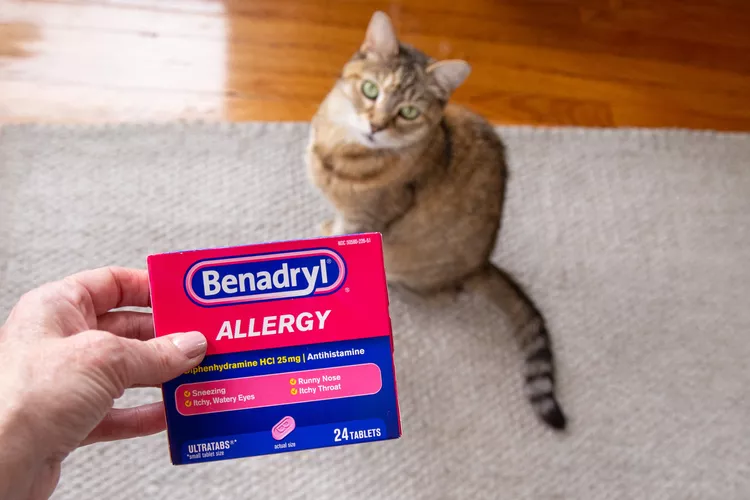
Benadryl is a medication that is sometimes recommended to be given to cats. While plain Benadryl is usually safe to give, it is important to know what exactly Benadryl is, exactly how much to give your cat, and when to know if your cat needs Benadryl. Plus, you need to consider whether it is safe to give Benadryl to cats with underlying or pre-existing medical conditions.
Always consult with a veterinarian before administering Benadryl to ensure it is appropriate for your pet. Additionally, monitor your cat closely for any adverse reactions after giving the medication.
Benadryl is the brand name for a drug called diphenhydramine hydrochloride. Benadryl is an over-the-counter antihistamine medication, so it does not require a prescription. This antihistamine can be purchased as tablets, capsules, liquid gels, and even liquid in multiple strengths or milligrams depending on your needs.
Benadryl is sometimes combined with other medications that can be toxic to cats. Because of this, you will need to be sure to read the package carefully when purchasing the drug to ensure that diphenhydramine, the active ingredient in Benadryl, is the only drug in the product you are purchasing for your cat. Generic diphenhydramine is also available, as well as a faster-acting injectable form that your veterinarian will have available. If you are considering the use of Benadryl to treat symptoms in your cat, please consult with your veterinarian first.
Since it is an antihistamine, Benadryl blocks the effects of histamine in the body. These chemicals are released in the body in response to an allergic reaction not only in cats, but also in people, dogs, and other animals. Benadryl treats the symptoms of an allergic response or allergies including watery eyes, runny noses, swelling, sneezing, itching, and more.
Cats that may take Benadryl are typically ones that have known allergies or are traveling in a car or airplane, but there are other reasons why your cat may be recommended to take it. Some specific examples of when Benadryl may be used as guided by your veterinarian are:
You should have some Benadryl on hand in your pet first aid kit if you have a cat, even if you never plan on traveling with it, or it doesn't have any known allergies. It is difficult, if not impossible, to predict when an insect will sting your cat and cause an allergic reaction. If you have Benadryl available, you may be able to lessen the allergic response that your cat would experience by giving your cat a dose. However, before using Benadryl or any over-the-counter medication, please consult with your veterinarian first.
Some allergic responses can be deadly. Some cats react so severely to insects or venomous reptiles that they cannot breathe without immediate veterinary care. This is especially true for brachycephalic or "smush face" breeds, like Persians, that already naturally have compromised airways without the added airway constriction that an allergic reaction can cause.
Benadryl is not safe for every cat to take. Some examples of when a cat should not take Benadryl include:
Typically, cats take 1 milligram of Benadryl for each pound of body weight two to three times a day. This means a 12.5-pound cat will take 12.5 milligrams (or half of a 25-milligram Benadryl tablet) up to three times a day, depending on your veterinarian's recommendation. Cats under 12.5 pounds may be more easily dosed using children's Benadryl liquid since it can be dosed more accurately; however, many cats may object to the bubblegum flavor. It is always important to make sure that diphenhydramine HCl is the only active ingredient in Benadryl.
Benadryl can cause sleepiness, dry mouth, or urinary retention and potentially cause some gastrointestinal upset, such as diarrhea and/or vomiting. In cats, it may also cause a paradoxical effect meaning that the cat becomes very excited or jittery instead of sleepy.
If too much Benadryl is given to your cat, it can cause lethargy or excitement. Occasionally, a cat may also develop a dry mouth, have respiratory depression, get seizures, go into a coma, or even die if a large enough dose is administered.
Before giving your cat any type of medication, supplement, or over-the-counter medication, you should always discuss it with your veterinarian.

Cute Pictures & Facts About Calico Cats & Kittens
Learn fascinating facts about calico cats, including photos, the genetics behind this color combination, and common folklore and traditions.
How to Prevent Cat Separation Anxiety During Vacations
Discover why cats develop litter box problems and cat behavior problems when you go on vacation and what you can do about it to help them.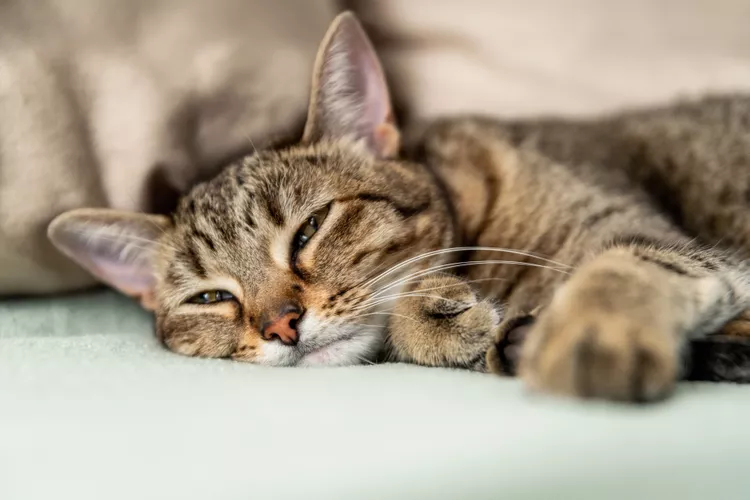
Cat Behavior Changes That Might Mean Something's Wrong
Cats' behavioral changes may indicate problems—or they may mean nothing at all. Explore causes of odd behavior and what to do about them.
Lhasa Apso: Dog Breed Characteristics & Care
The Lhasa apso is an ancient breed from Tibet that was bred to be a watchdog. Learn about its history, health, exercise needs, and more.
Reasons Why Dogs Run Away and How to Stop It
Dogs can escape, especially if they’re bored and not properly contained. Here are some techniques for stopping your dog from running away.
Can Dogs Get Depression? How to Help Your Sad Dog
Can dogs get depression? Learn about the signs of depression in dogs and find out how to help your sad dog.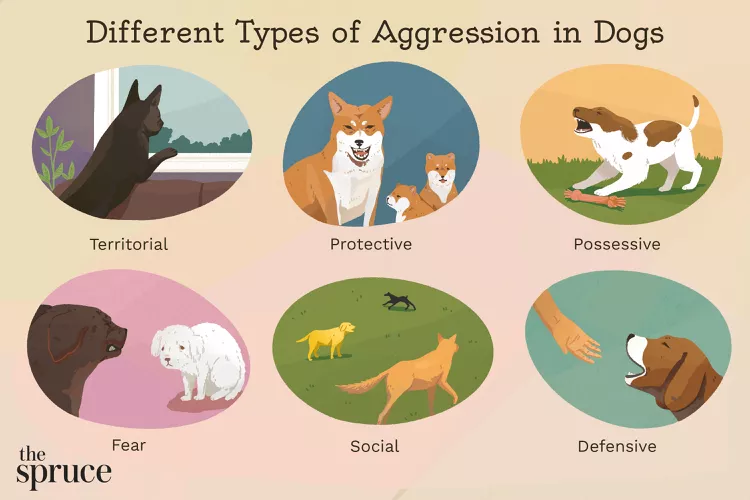
How to Stop Aggression in Dogs
Dog aggression can be a serious behavior issue for pet owners. Learn how to stop aggression in dogs before someone gets hurt.
How to Stop Your Dog From Growling
A growling dog can soon become even more aggressive. Reduce the noise and potential for a dangerous situation with some of these techniques.
Why Do Dogs Dig Holes? How to Stop Your Dog from Relandscaping Your Yard
Dogs have been digging holes for centuries and for many reasons. Whether they’re bored or want to cool off in the dirt, here are the top reasons why dogs dig holes.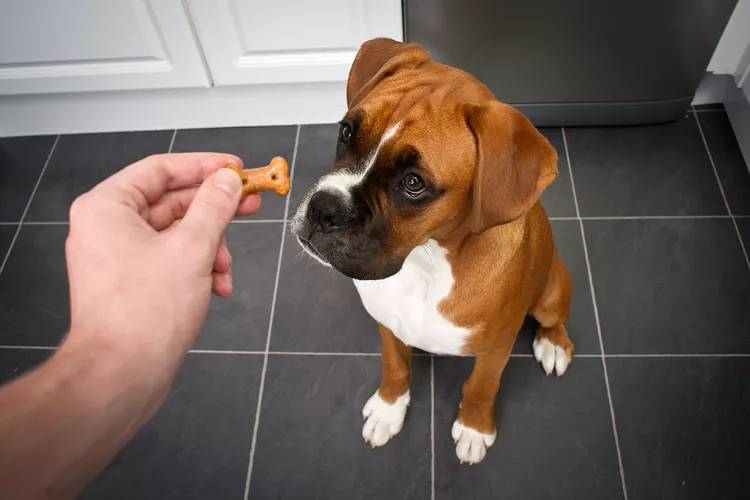
Dog Treat Varieties
Learn about the different types of dog treats on the market and decide which are best for your dog.
Can Dogs Eat Asparagus?
Dogs can eat asparagus, provided the vegetable is cooked plain and cut up for them. Seasonings, salt, and butter make it unhealthy for dogs.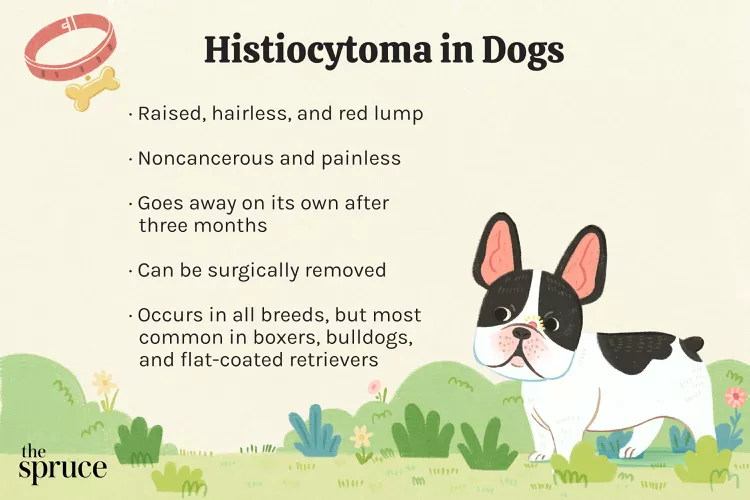
Histiocytomas in Dogs
A histiocytoma is a type of benign (non-cancerous) skin lump that usually affects young dogs. Learn the causes, treatment, and prevention.
Why Is My Dog’s Eye Swollen?
If your dog's eye is swollen, she may need veterinary attention. The inflammation could be caused by allergies, an injury, or even a tumor.
Common Bugs and Parasites Found on and Inside Dogs
Learn about common types of parasites in dogs. Find out how to treat and prevent parasites to keep your dog, your family, and yourself safe.
Exploring the Different Types of Pet-Friendly Beaches
Are you looking for pet-friendly beaches? Learn about the different types of pet-friendly beaches, their locations, and tips for visiting them with your pet.
10 Obscure, Little-known Canine Facts in Honor of National Dog Day
With National Dog Day upon us, it's time to celebrate everything about our favorite pets—even the weirder stuff. Here are 10 obscure facts about dogs you probably didn't know.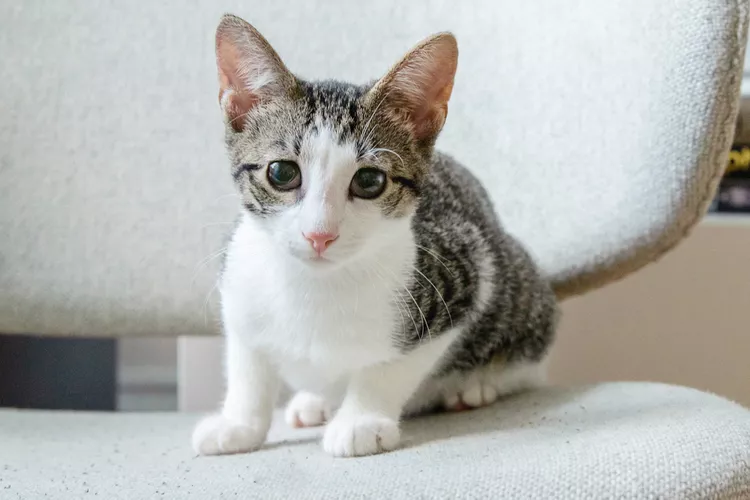
Kitten Development From 3 to 6 Months Old
Kittens grow and change a lot during their first year. Find out what happens between the ages of three months and six months old.
95 Siamese Cat Names
Our list of Siamese cat names has diverse and fun options to help you choose the ideal moniker for your elegant and lovable feline companion.
What to Buy for Your New Cat: A List of Essentials
Before you bring your new cat or kitten home, there are a number of things to collect or buy so your cat will feel welcomed like a family member.
The 6 Best Cat Nail Clippers of 2024 for a Safe Trim
Clipping your cat's nails can save your furniture and keep your kitty comfortable. We asked veterinarians for their cat nail clipper recommendations.